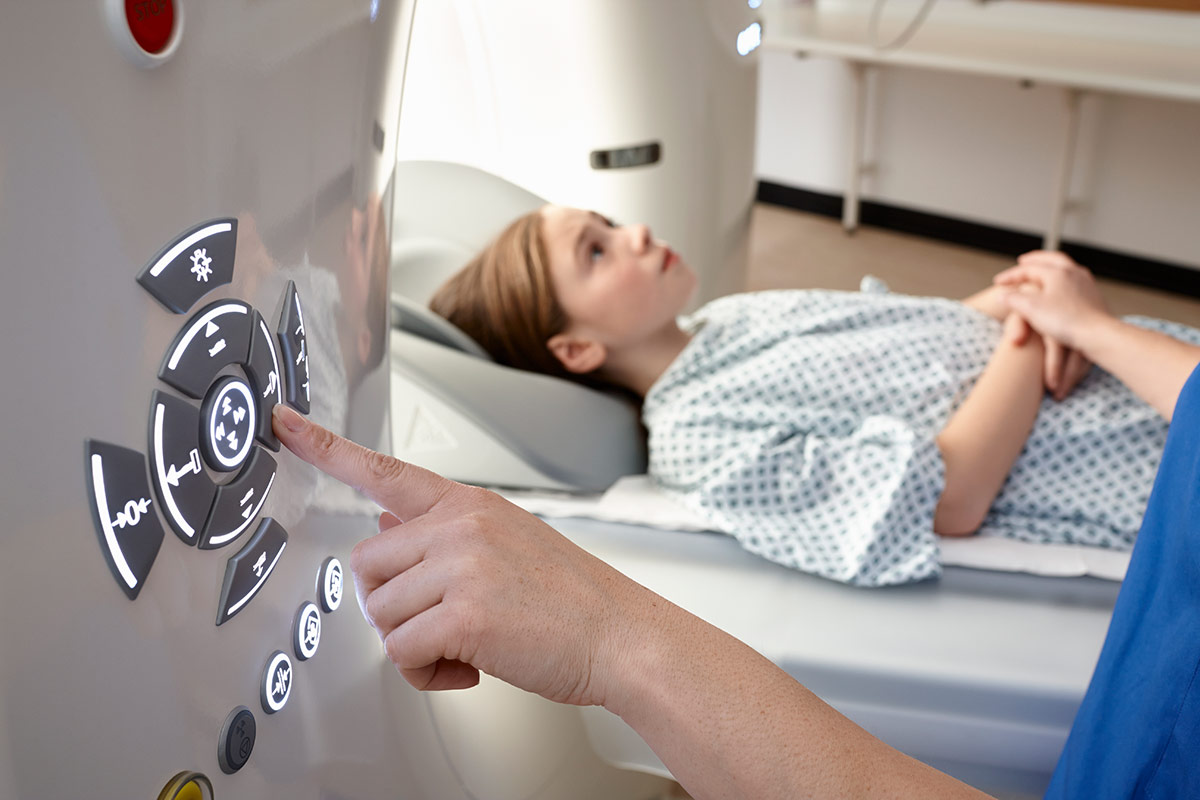Study Reveals a Strong Connection Between CT Scans in Children and Youths and Higher Blood Cancer Rates

Study Reveals a Strong Connection Between CT Scans in Children and Youths and Higher Blood Cancer Rates
Recent findings from a comprehensive multinational study have shed light on the potential health risks associated with the use of CT scans in children and young adults. The study, which analyzed data from nearly one million individuals under the age of 22 who underwent at least one CT scan, has established a strong correlation between the radiation from CT scans and an increased incidence of blood cancers.
The research points out that cumulative radiation doses to the bone marrow of 100 milligrays can triple the risk of developing blood cancer. More specifically, even a single CT scan, which typically carries an average dose of 8 milligrays, is said to increase the risk of blood cancer in children by approximately 16%. Magda Bosch de Basea, the lead researcher of the study from the Barcelona Institute for Global Health (ISGlobal) in Spain, provided a sobering statistic: for every 10,000 children scanned, 1-2 might develop cancer within 12 years post-examination.
This collaboration involved experts from nine European countries, including Belgium, Denmark, France, Germany, the Netherlands, Norway, Spain, Sweden, and the U.K. They united to investigate the implications of CT scans on the younger population.
CT is the largest contributor to medical radiation exposure among the U.S. population
CT scans are a significant source of medical radiation exposure, especially in the United States, where they are responsible for nearly half of the population’s collective radiation dose from all medical X-ray examinations. It’s estimated that 5 to 9 million CT scans are performed on children annually in the U.S., with over a million more in Europe.
Children are particularly vulnerable to radiation exposure, which has raised concerns about the potential long-term health consequences. The study highlights the importance of the cautious use of CT scans in young patients, emphasizing the need for medical practitioners to adjust CT settings to account for a child’s smaller size to minimize radiation dosage.
The tracked individuals’ health spanned nearly eight years on average, allowing researchers to monitor cancer incidence in some participants for over two decades following their first CT scan. Despite the noted decrease in radiation doses from CT scans in recent years, the findings underscore the critical need to justify the necessity of a CT scan against possible alternatives and to optimize the process to ensure the lowest possible radiation exposure while still achieving high-quality diagnostic images.
These revelations are anticipated to influence the medical community’s approach to pediatric radiology, with a stronger emphasis on the judicious use of CT scans and consideration of alternative diagnostic methods when possible to safeguard the health and well-being of younger patients.
Source:
